Entire code is quire complicated so I am directly coming to the point. Code is as follows
SSLContext ctx = SSLContext.getInstance("TLS");
If you read docs for getInstance(String protocol) method it says
This method traverses the list of registered security Providers, starting
with the most preferred Provider. A new SSLContext object encapsulating
the SSLContextSpi implementation from the first Provider that supports the
specified protocol is returned.
Note that the list of registered providers may be retrieved via the
Security.getProviders() method.
For me Security.getProviders() method gives following providers

Now I have verified that "TLS" protocol is in com.sun.net.ssl.internal.ssl.Provider (index 2 ) and is always selected.
But the corresponding SSLContextSpi object is coming different in Java 6 and Java 7. In java 6 I am getting com.sun.net.ssl.internal.ssl.SSLContextImpl@7bbf68a9 and in java 7 I am getting sun.security.ssl.SSLContextImpl$TLS10Context@615ece16. This is having very bad effect as when later I am creating SSL socket they are of different class.
So why is this happening? Is there a work around? I want the same com.sun.net.ssl.internal.ssl.SSLContextImpl@7bbf68a9 SSLContextSpi object encapsulated in com.sun.net.ssl.internal.ssl.Provider context(which is same in both cases).